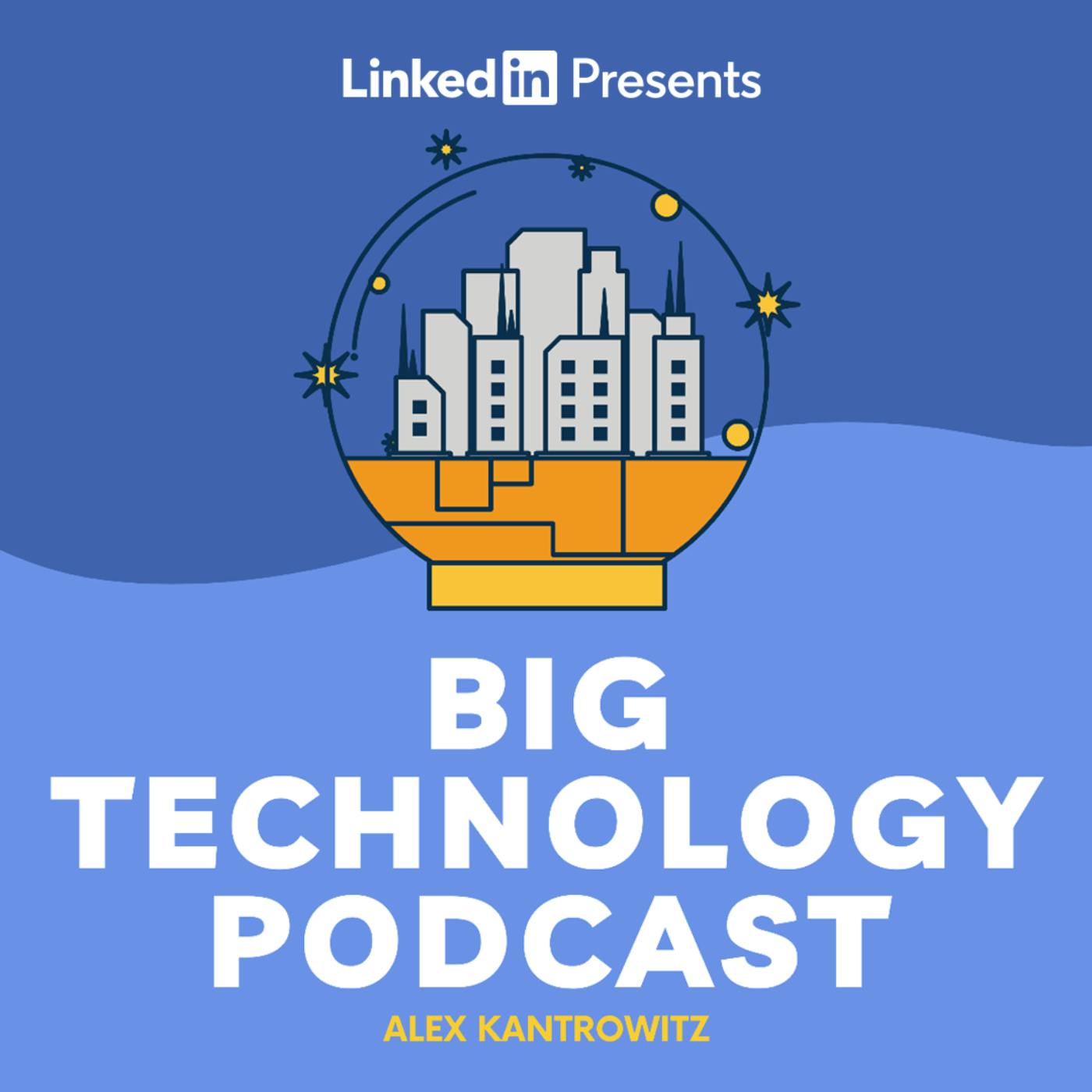
Neuralink's First Patient Controls Computers With His Mind — With Noland Arbaugh

Big Technology Podcast
Deep Dive
What is Neuralink and how does it work?
Neuralink is a brain-computer interface developed by Elon Musk’s company. It involves implanting a device with 64 threads, each containing 16 electrodes, into the motor cortex of the brain. These electrodes pick up neuron signals, which are then translated into actions like cursor movement on a computer via an app called the Link app.
How did Noland Arbaugh become the first Neuralink patient?
Noland Arbaugh became the first Neuralink patient after a friend, Greg Bain, informed him about the human trials. Arbaugh agreed to participate immediately, applied with his friend’s help, and went through a rigorous selection process, including medical and psychological evaluations, before being chosen as the first participant.
What was the surgery process like for Neuralink implantation?
The surgery involved drilling a hole in Arbaugh’s skull and inserting the Neuralink device into his motor cortex. A surgical robot, nicknamed 'Tiny Dancer,' was used to place the electrodes. The procedure, expected to take 3-6 hours, was completed in under 2 hours due to its precision and success.
What challenges did Noland Arbaugh face after the Neuralink surgery?
Arbaugh experienced thread retraction about a month after surgery, where some of the threads implanted in his brain moved or were pulled out. This led to a loss of cursor control, but Neuralink resolved the issue by adjusting the software to register groups of neurons instead of single neuron spikes.
How does Neuralink enable Noland Arbaugh to control computers?
Neuralink allows Arbaugh to control computers by picking up neuron signals from his motor cortex when he attempts or imagines movement. These signals are translated into cursor movements and clicks through the Link app, enabling him to interact with digital devices using his thoughts.
What are the potential future applications of Neuralink?
Neuralink has the potential to integrate with AI, virtual reality, and various devices via Bluetooth. It could also enable multitasking at a higher level, control robotic arms, and even allow for collective human consciousness or memory enhancement in the future.
Would Noland Arbaugh consider merging with AI?
Yes, Arbaugh is open to merging with AI, viewing it as a tool that can enhance human capabilities. He believes that the benefits of such technology will outweigh the risks, and that it can be used for positive change in the world.
What is Noland Arbaugh’s perspective on the risks of Neuralink being hacked?
Arbaugh acknowledges that Neuralink devices could be hackable, but he trusts Neuralink’s cybersecurity measures. He believes that while hacking is a concern, safeguards will be developed to mitigate risks, and the technology’s benefits will outweigh potential vulnerabilities.
How has Neuralink impacted Noland Arbaugh’s daily life?
Neuralink has significantly improved Arbaugh’s ability to interact with the digital world. He can now send texts, browse the web, and communicate with friends and family more efficiently, which has reconnected him with the world and given him a sense of purpose and independence.
What is Noland Arbaugh’s outlook on the future of Neuralink and humanity?
Arbaugh is optimistic about the future of Neuralink, believing it will enhance human capabilities and lead to positive advancements. He sees it as a tool for progress, emphasizing that while there are risks, the potential benefits for humanity are immense.
- Noland Arbaugh, a quadriplegic, participated in Neuralink human trials.
- Selection process involved extensive interviews, medical evaluations, and testing.
- Arbaugh was selected as the first participant.
Shownotes Transcript
Noland Arbaugh is a 30 year old quadriplegic who can control computers with nothing but his mind. Earlier this year, he allowed Elon Musk’s Neuralink to drill a hole in his skill, insert more than one thousand electrodes into his motor cortex, and translate his brain signals into cursor movement and clicks. In this week's *Big Technology Podcast, *Alex Kantrowitz interviews Arbaugh at his Yuma, Arizona home in a conversation that covers his injury, the Neuralink selection process, the surgery, the training, the freedom the device gives Arbaugh, and the big questions like whether he'd ever merge with AI. Tune in for a fascinating conversation about a modern day technological miracle.
Enjoying Big Technology Podcast? Please rate us five stars ⭐⭐⭐⭐⭐ in your podcast app of choice.
For weekly updates on the show, sign up for the pod newsletter on LinkedIn: https://www.linkedin.com/newsletters/6901970121829801984/)
Want a discount for Big Technology on Substack? Here’s 40% off for the first year: https://tinyurl.com/bigtechnology)
Questions? Feedback? Write to: [email protected]